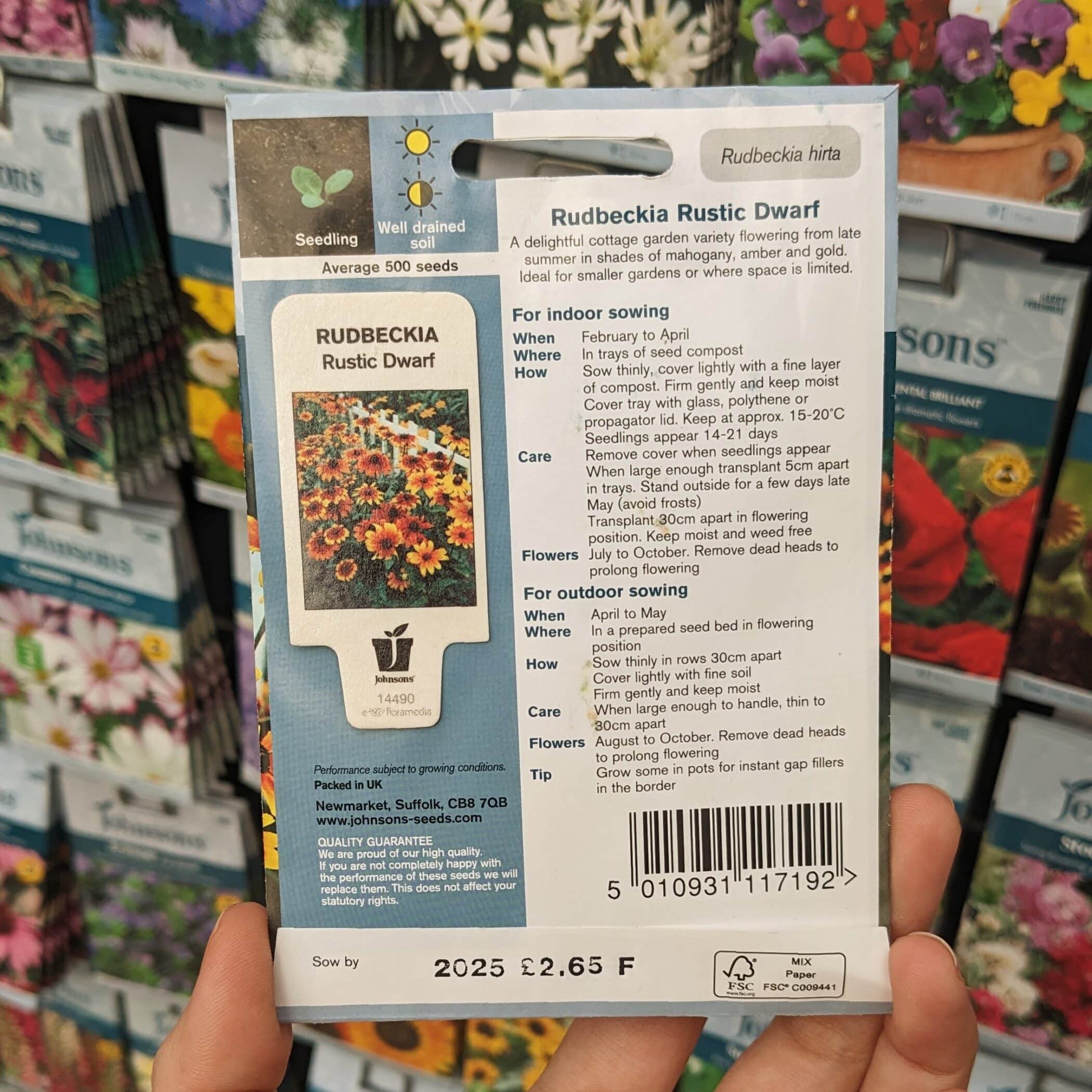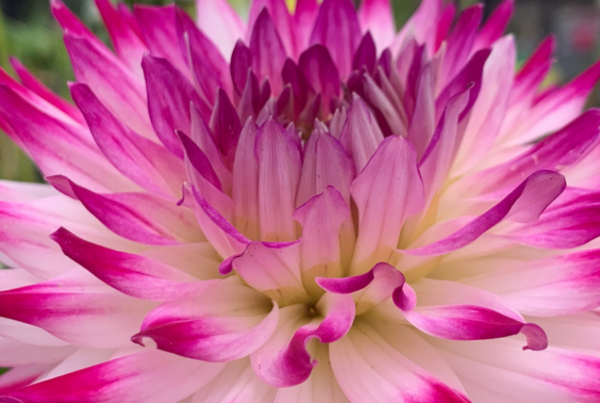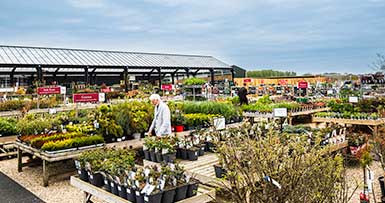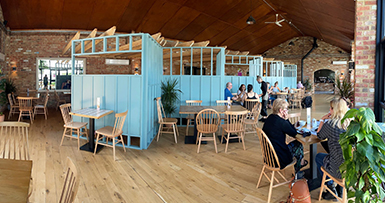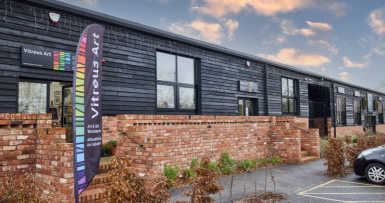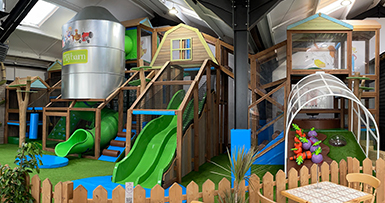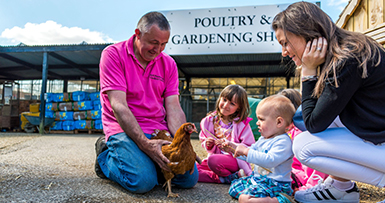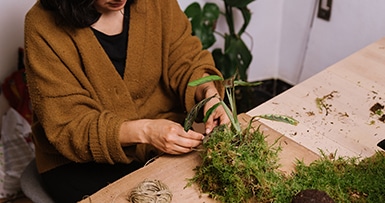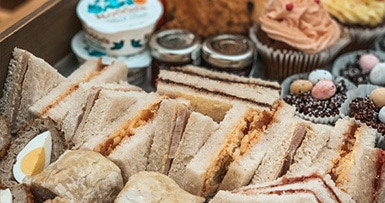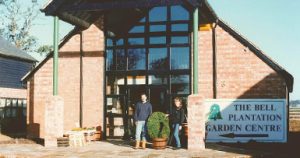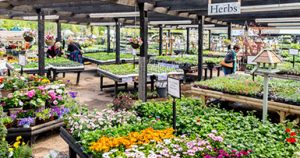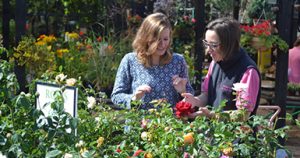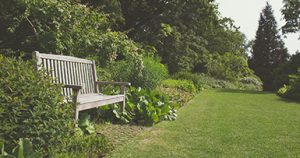Everything you need for propagation and more!
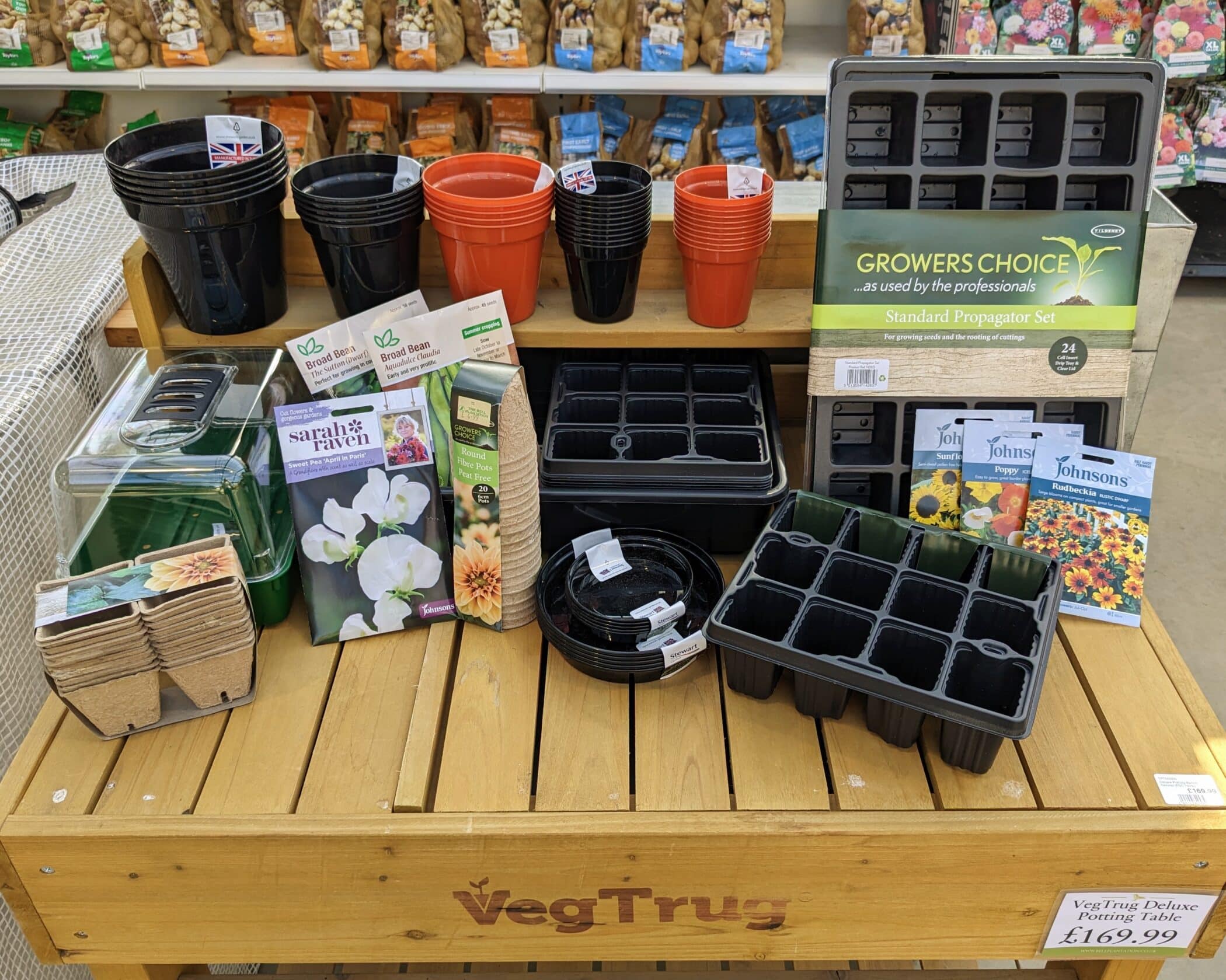
Growing from seed is a less expensive and an arguably more rewarding way to stock your garden. This practice will reward you with hardier plants combined with strong root systems but with so much information and equipment out there, what is it all for? And how do you get started?
This guide is an easy-to-use reference on all the basic equipment you’ll need to start propagating at home and start sowing those first seeds! For a detailed guide on how to sow you can visit this link here
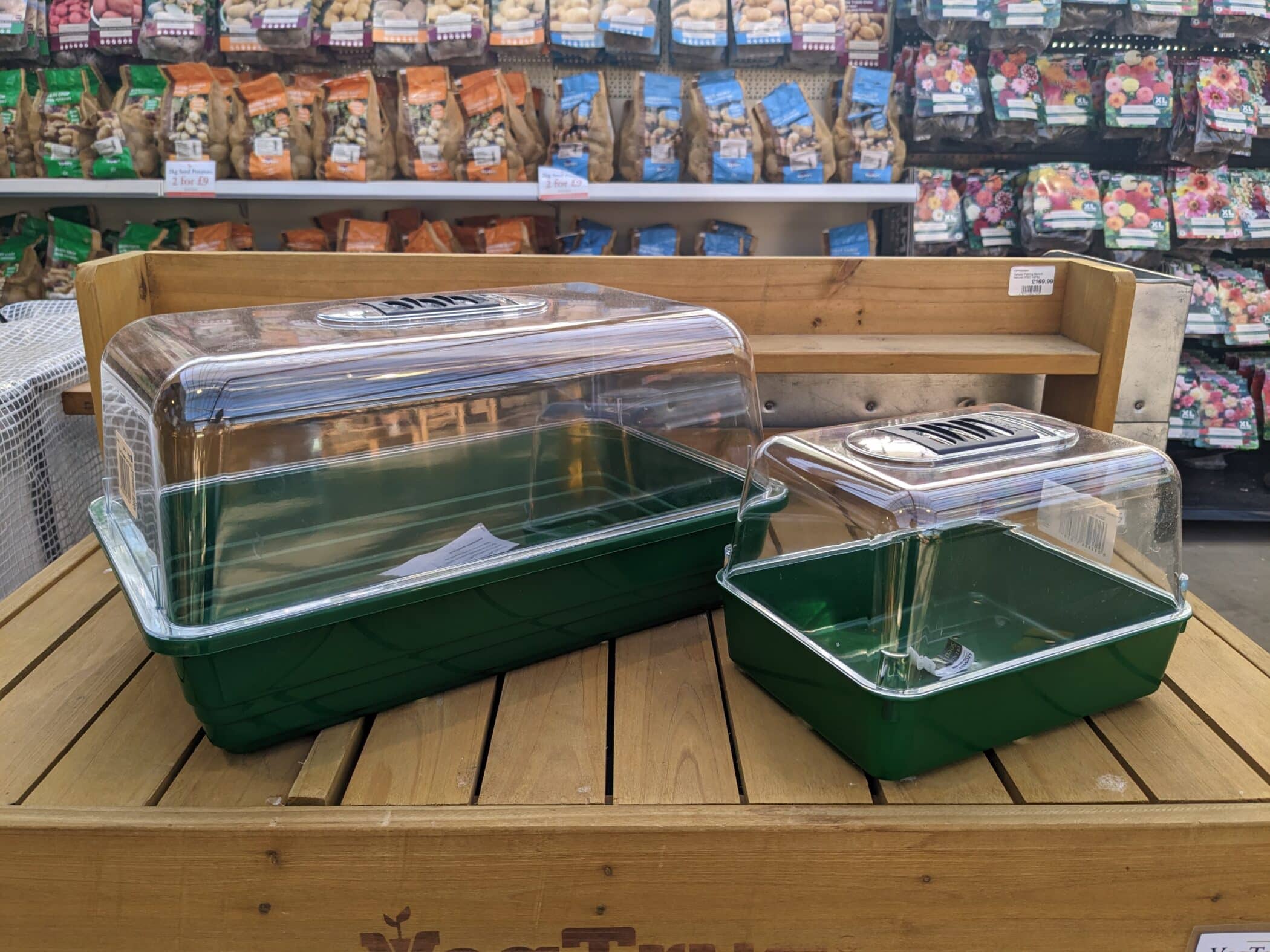
Propagators
If we are talking about propagation, we must talk propagators.
Propagators are a means in which to control the environment that your seedlings are raised in.
The basic design for a propagator is a simple tray with a removable transparent hood or lid – this is the minimum you want to start with when choosing the right propagator. In most cases if you are just starting out, this is all you will need but we also recommend a drip tray for excess water so pick set’s that combine the three pieces.
Invest in a marginally more expensive model with ventilators to gain more control over the air circulation and humidity within your propagator. Good air circulation is integral to the health of your seedlings, preventing damp diseases and ensuring enough CO2 is in the air for their growth.
Upgrading to electrically heated propagators will grant you even further levels of control allowing you to rely on your own heat source which can be invaluable during these times of the year whereby sunlight and glasshouse heat may be erratic.
These models allow for greater flexibility and success with the seeds sown at the expense of a higher monetary cost.
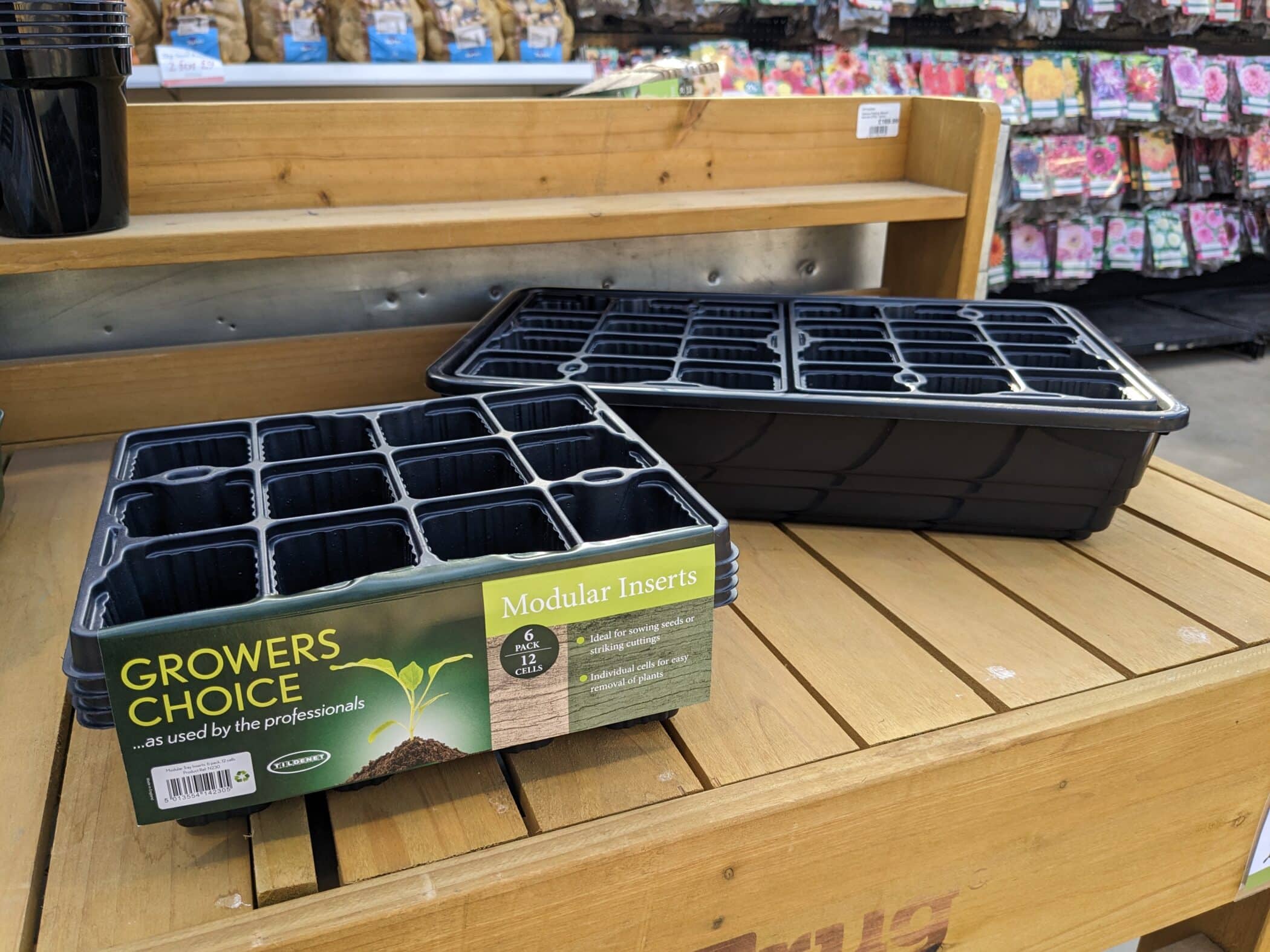
Seed Trays
If nothing else the soil has to go somewhere!
For indoor sowing, seed trays are a way of organising and spacing your seedlings appropriately.
Modular trays are great for allowing roots to grow within their own cells and once grown – these ‘plugs’ allow for faster transplanting. These trays also offer better drainage as each module will have its own hole.
A non-modular tray is ideal for distributing those dust-like seeds that are so tiny, like hardy primulas. These seedlings can then be potted on into modular trays or pots once grown to the appropriate height for pricking out.
Aim to pick trays with the appropriate size cells for what you are looking to grow. Material, size and type are all down to you the buyer but if nothing else – ensure your tray has appropriate drainage.
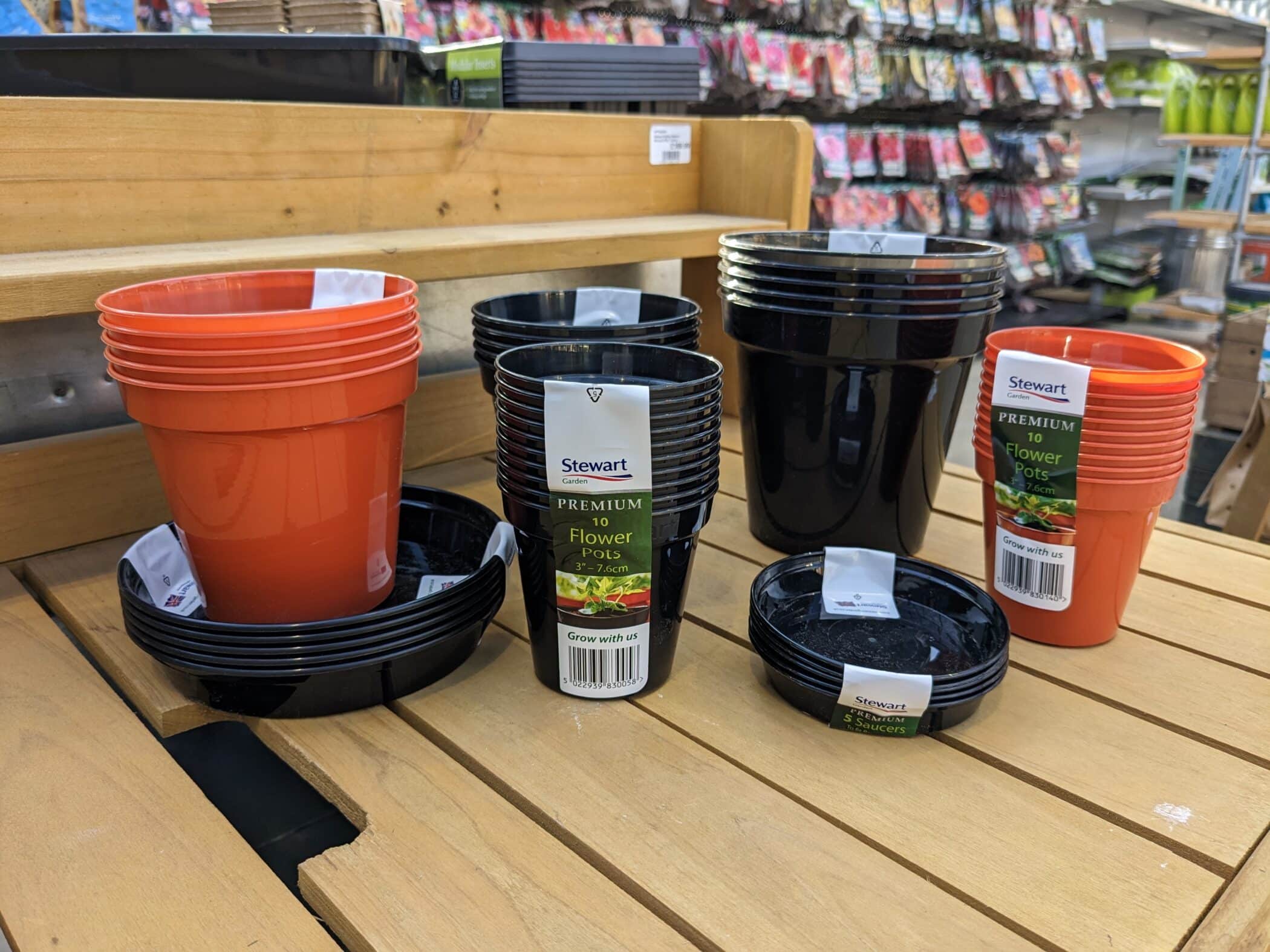
Pots
We will all have a few of these lying around.
You may wish to sow directly into the pots especially when it comes to herbs, vegetables and larger seeded flowers like sunflowers.
As your tray sown seedlings grow bigger they may also need potting on from their trays into bigger pots if the conditions outside are still not favourable or you are sowing in a non-modular tray.
Drip trays are also a good investment here for catching excess water.
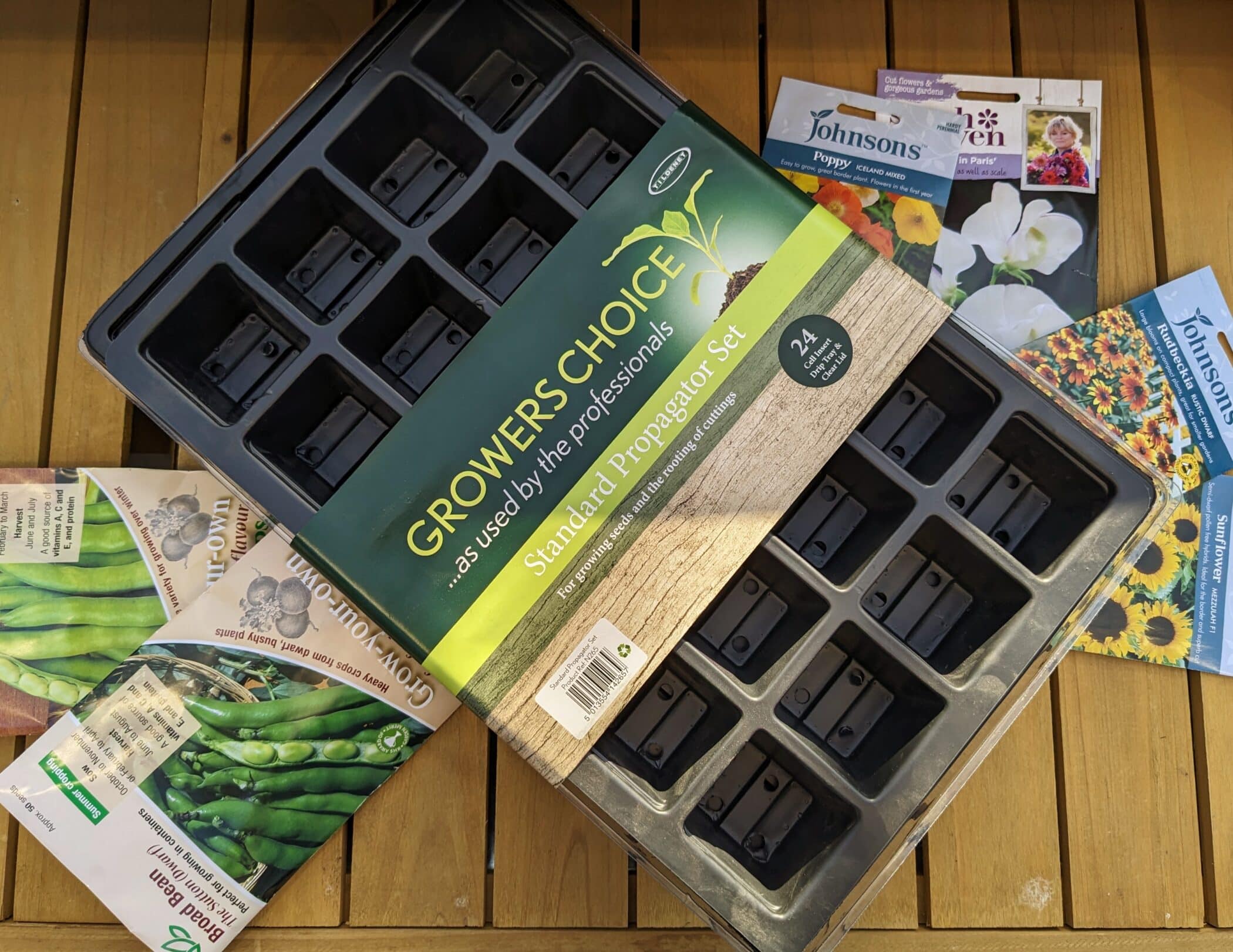
Beginner Winner!
Our team member Mags recommends this propagator as the best for beginners. This 24 cell seed tray comes with a transparent lid and a drip tray. All this to get you started for just £4.99!
Growing mediums
Compost
Seeds and seedlings are delicate and will need all the help they can get when it comes to successful germination. There is no use investing in propagating methods and seed packets to use growing medium which is unsuitable. Please do not use soil dug up from your garden! Â
Seed sowing compost is tailored to the needs of seeds by containing the right balance of nutrients needed for healthy roots and strong growth. Seed compost is also light with good drainage allowing young seeds to push through the soil with ease.
Pete our garden centre manager recommends our bags of Gro-sure 10 litres for smaller seeds as the compost is lighter.
Soil additives
Whilst not completely necessary to get started, soil additives will make germination more successful and can improve the soil you are using.
Perlite
Perlite is a lightweight material which has a similar texture to polystyrene. This substance is an excellent medium for absorbing and retaining water and can be mixed into compost to help aerate the soil and increases humidity. This medium is especially good for propagating root cuttings and is used in succulent and cacti soil.
Vermiculite
A finer substance than perlite, vermiculite offers the same benefits, with increased water and nutrient retention. Many home growers will favour this material in their mixes for seeds and seedlings.
If your seeds require higher water retention or you are just starting out with mixing growing mediums, stick to vermiculite.
Sand
For those tiny dust-like seeds – mix into a small amount of sand before distributing. Sprinkle the mixture over your sowing compost, the mix will allow for a more even sowing.
Seeds
It’s important to remember that everyone want you to succeed in your sowing ventures especially your local garden centres and their suppliers!
We stock a huge range of seeds for flowers, fruit, herbs, and vegetables all from trusted and reputable suppliers.
If you are ever stuck on the who, what, where and most importantly – when, the packets show all that information on the back!
If you’re starting that grow your own veg for the first time but are overwhelmed with choice, choose packets that are labelled with ‘gardeners choice’. These varieties are often chosen for a reason – great flavour, ease of growing and success rates.
Much like food in a supermarket just don’t pick packets that have been opened or clearly misused!
At the end of the day the seeds you sow are a personal choice and with time and care you will succeed. For a little inspiration view our top 10 picks to sow indoors  this month.
